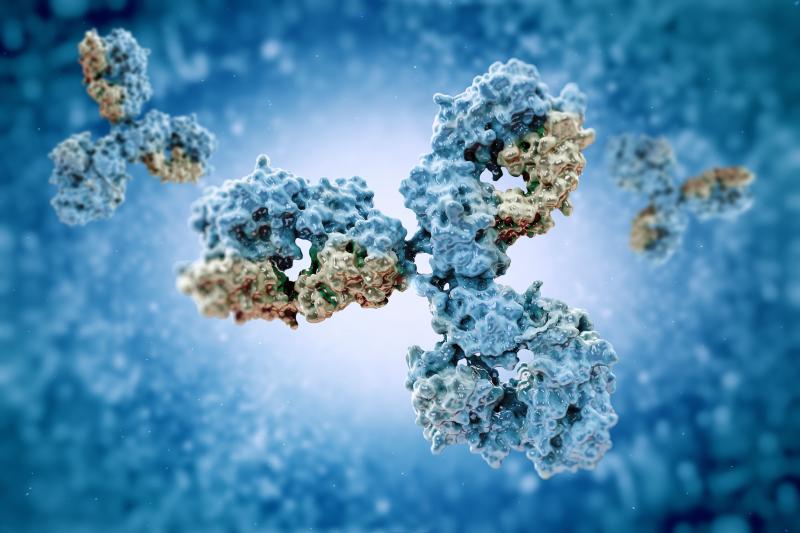
The use of rituximab in the treatment of rheumatoid arthritis (RA)-associated bronchiectasis (BR) helps stabilize or improve pulmonary symptoms, with a more favourable respiratory survival over a 5-year follow-up as compared with tumour necrosis factor inhibitors (TNFi), according to a retrospective study.
Researchers examined the medical records of 800 RA patients treated with rituximab, among whom 68 patients (mean age, 63 years; 71 percent female) had RA-BR (prevalence, 8.5 percent). After treatment with rituximab, new BR (evaluated as the number of infective exacerbations per year) occurred in only 3/735 patients (incidence, 0.4 percent) after 1.7 years of exposure and at least two treatment cycles.
At month 12 after the first cycle of rituximab, in the group of 68 patients with RA-BR at baseline, 21 (31 percent) experienced fewer exacerbations than the year prior to treatment, 36 (53 percent) remained stable, and 11 (16 percent) had increased exacerbations. The rates of exacerbation improved after the second treatment cycle and stabilized up to five cycles.
Of the 60 patients who received at least two rituximab cycles, seven (12 percent) had increased exacerbations and were associated with low immunoglobulin G, aspergillosis and concurrent alpha-1-antitrypsin deficiency.
The adjusted 5-year respiratory survival was better in rituximab-treated compared with TNFi-treated (n=46) RA-BR patients (hazard ratio, 0.40, 95 percent confidence interval, 0.17–0.96; p=0.041). Treatment was discontinued due to respiratory causes in eight patients in the rituximab group (11.8 percent) vs 15 patients in the TNFi group (32.6 percent).
The present data suggest that rituximab is an acceptable treatment choice for RA-BR patients, as well as support a definitive study of the drug for managing the condition from both an articular and a respiratory perspective, according to the researchers.